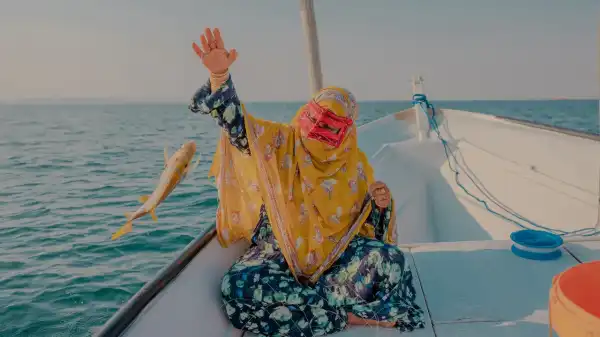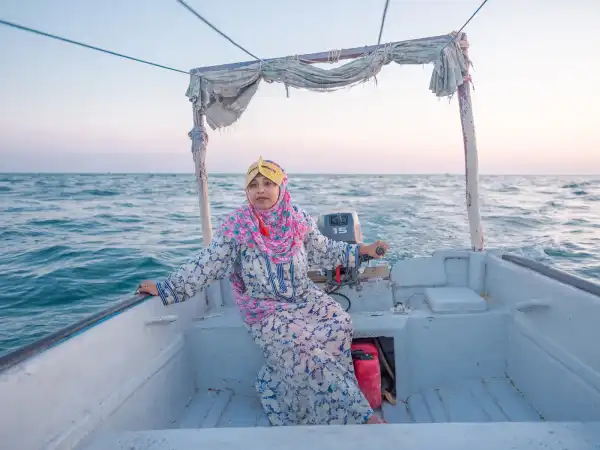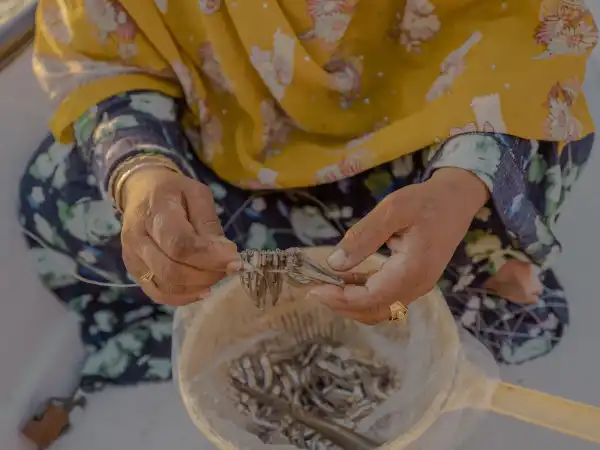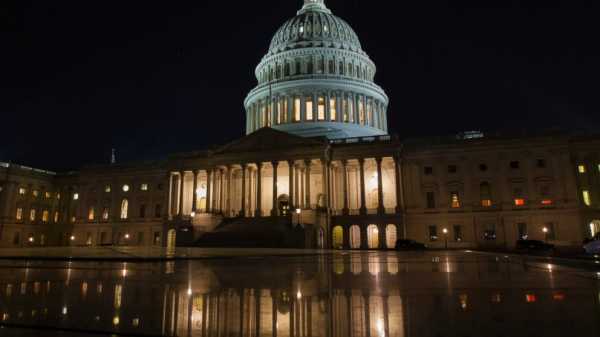
Save this storySave this storySave this storySave this story
Hengam Island is a tropical island off the coast of Iran, in the southern Persian Gulf. It is only fourteen square miles in area and contains three villages with several hundred families. The island has long been renowned for its geostrategic importance. Nearchus, the Greek navigator and admiral of Alexander the Great’s fleet, mentioned it during his travels through the gulf in the fourth century BC. Hengam was captured by Portuguese forces in the sixteenth and seventeenth centuries. In 1913, Britain established a naval base there. Since the late 1940s, tankers have bypassed Hengam on their way to the Strait of Hormuz, a global chokepoint about thirty-seven miles away. A fifth of the world’s oil and natural gas passes through the area every day.

Khadijeh Ghodsinejad is the youngest fisherwoman in the local community. She started accompanying her mother fishing in a rowboat when she was just four or five years old.
These days, Hengam is perhaps best known for its so-called daughters of the sea, the only female fishermen in Iran and probably eight other countries around the gulf. Forough Alaei, a law student turned photojournalist, has spent years documenting the women who set out at dawn, without men and often alone, to fish the gulf’s waters. In small, battered boats, they catch barracuda and shiny emperors, which have striking blue markings that change color when startled or caught. Both fish are known for their sharp teeth and aggressive bites.

Preparing fishing hooks for the work day.
Sourse: newyorker.com






